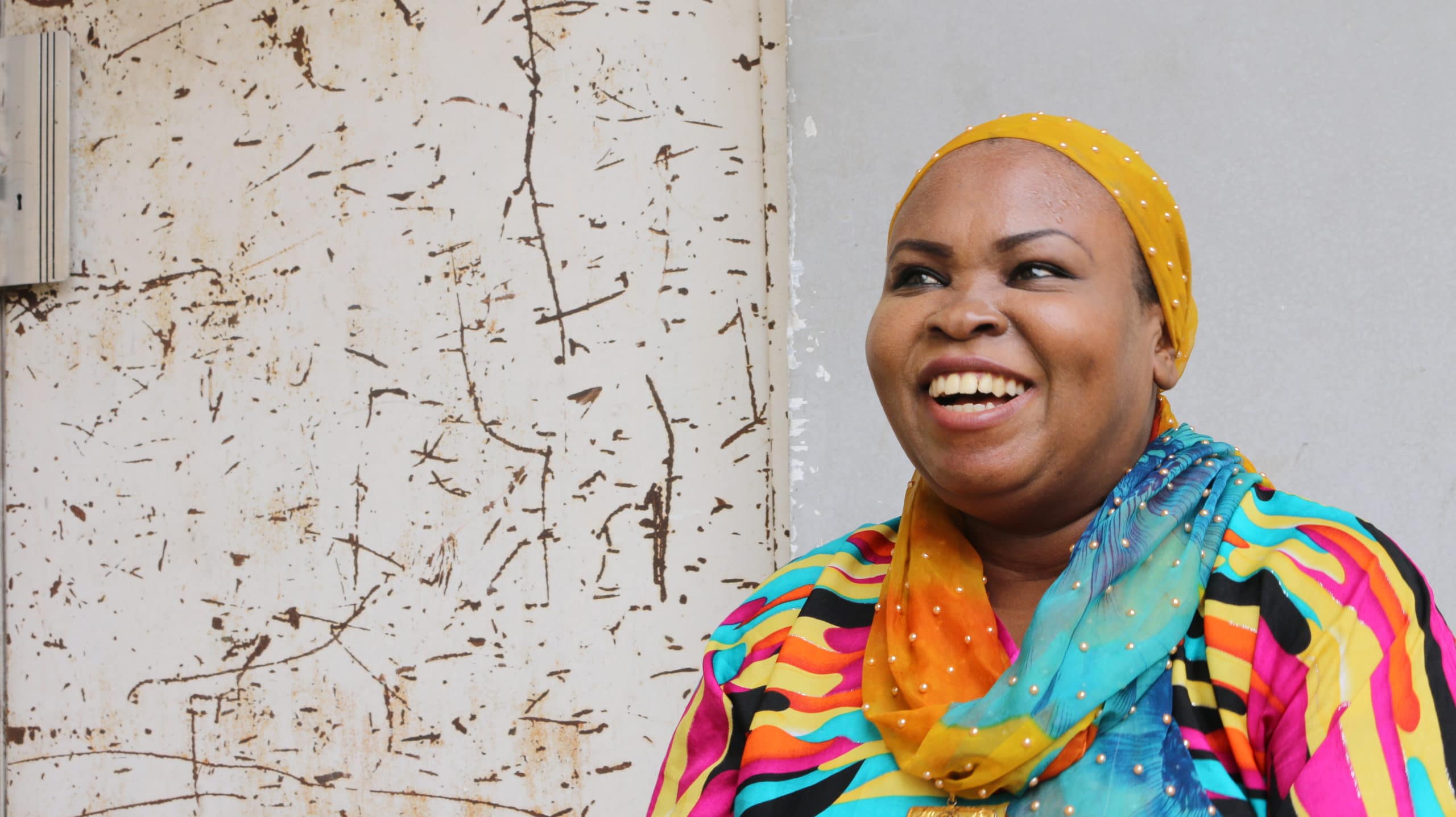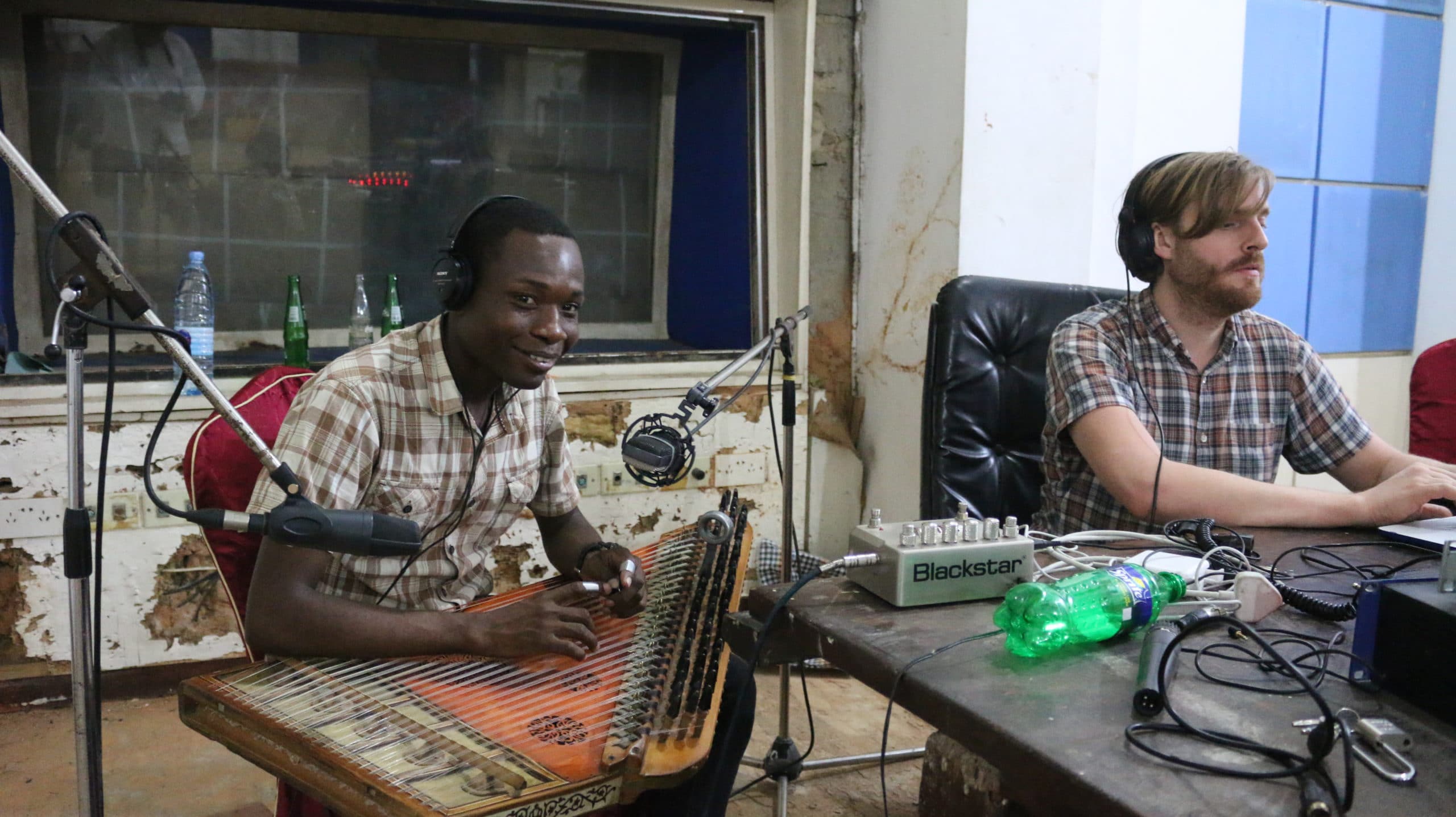
It’s late glory for the ladies: Siti Muharam, great granddaughter of much-loved taarab legend Siti Binti Saad, has re-recorded her granny’s evergreens. Critics praised the album as “one of the best of 2020”. For us, executive producer PETE BUCKENHAM recalls how it all happened.
What a great international triumph for Zanzibar’s cultural world! Siti Binti Saad and her much-loved music is back – newly interpreted by her great granddaughter Siti Muharam, recorded in Zanzibar. Binti Saad, although born 140 years ago, is crucial to understanding contemporary Zanzibar: Not only was the singer an early fighter for women’s rights but she also brought music, formerly performed just in the sultan’s palace, into the homes of people. Taarab music is an ancient, unique sound of the Indian Ocean region, a lush mix of Arab and Indian orchestral music with special instruments and vocals.
We made it our mission to transport this mystic music into the present. After we re-recorded Binti Saad’s songs with Muharam earlier this year in a forgotten studio in Zanzibar, they became an overnight success in Britain and the US, receiving critical acclaim by the American media organisation NPR, the British Guardian, The Financial Times, Musikexpress in Germany and more. “It’s a stunning introduction
to a music not quite like any other”, enthused one critic about the album.
It all started three years ago in liaison with Fumba Town. The idea to re-record original taarab music came up because the developing eco town has a cultural mandate - and is located on the Fumba peninsula, just where Binti Saad was born to freed slaves in 1880. She died in 1950. Our project seemed like a good idea to connect her sound to future generations.

Pushing musical boundaries
My record label “On the Corner Records“ has always aspired to push musical boundaries while respecting rhythmic and culturals narratives especially when working across borders. With a modest budget, patch-worked together from my label, Fumba Town and the British Council East Africa (which also enabled us to form a rehearsal and recording project at Nafasi Arts Space in Dar Es Salaam) we got the project rolling. Luckily we had the guidance of outstanding musician Mohamed Issa Matona from Zanzibar, a founding member of the island’s music school, the Dhow Countries Music Academy (DCMA). The tip-off to get Muharam for the recording, the enigmatic great-granddaughter of Sit Binti Saad, came from filmmaker and friend of Zanzibar Andy Jones. In her fifties now, Muharam, a rather shy person, is said to have a ‘golden voice’ - and that’s exactly what it turned out to be.
An old studio with a good sound
Right from the start we met with a large group of up-and-coming talent from DCMA music school. Matona worked with them through Siti Binti Saad’s legacy. My producer Sam Jones, myself and DJ Tash LC went to Dar to run some impromptu recordings. Our resourcefulness was tested when the booked studio became unavailable and the only option was a once-great government studio in Michenzani. The floor was eaten by termites, the wallpaper crumbling - but the sound there still absolutely fantastic! “For me Siti Muharam was a lost artist“, recalls Matona. “This project gave her an opportunity to embrace her great-grandmother’s legacy and to reevaluate her own voice. All the musicians - Fadhil on percussion, Gora on traditional Qanun and Nema with backing vocals - gained from this project and together we’ve grown.” Amazingly most of the tracks were ‘in the can’ after just over one week.